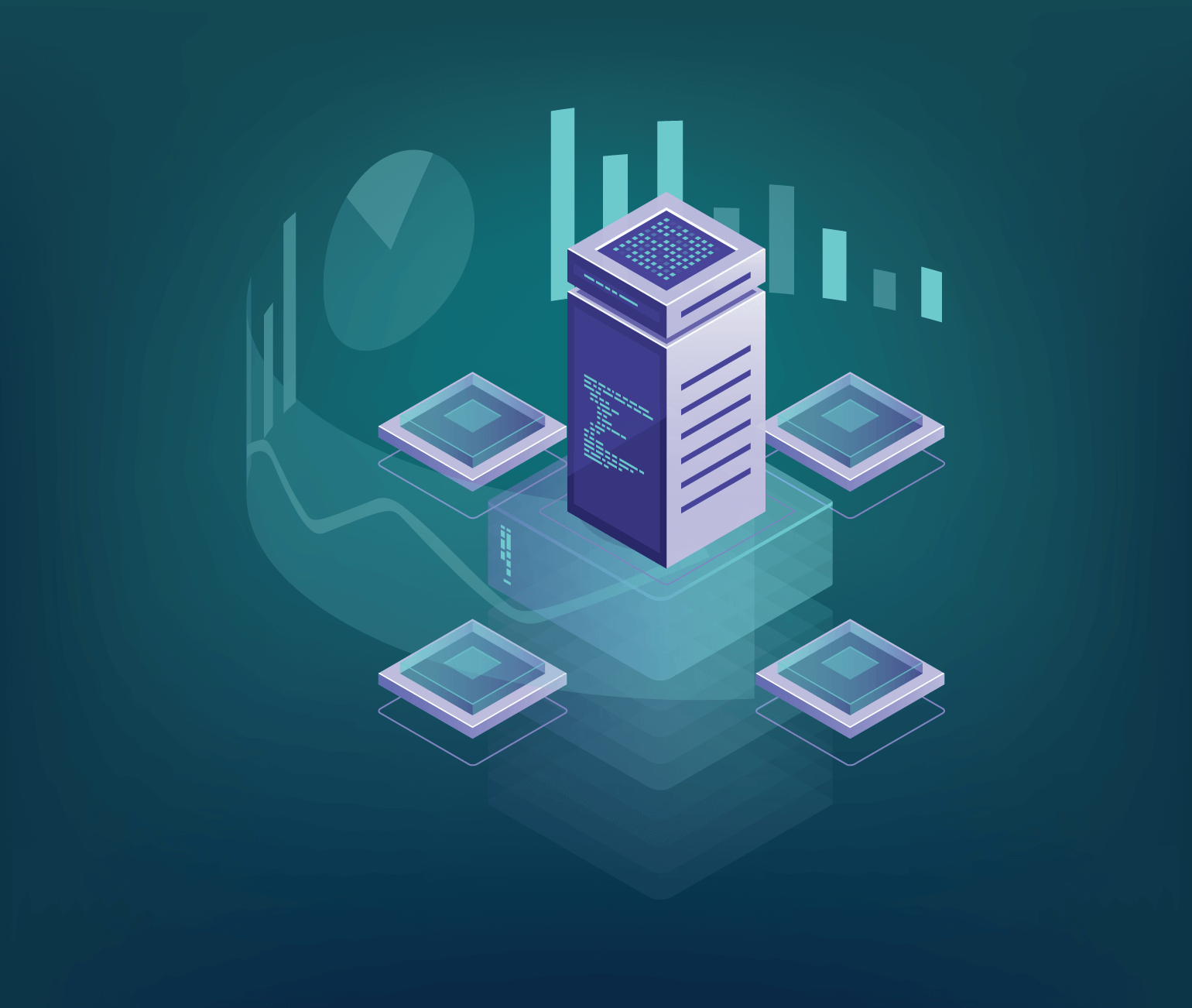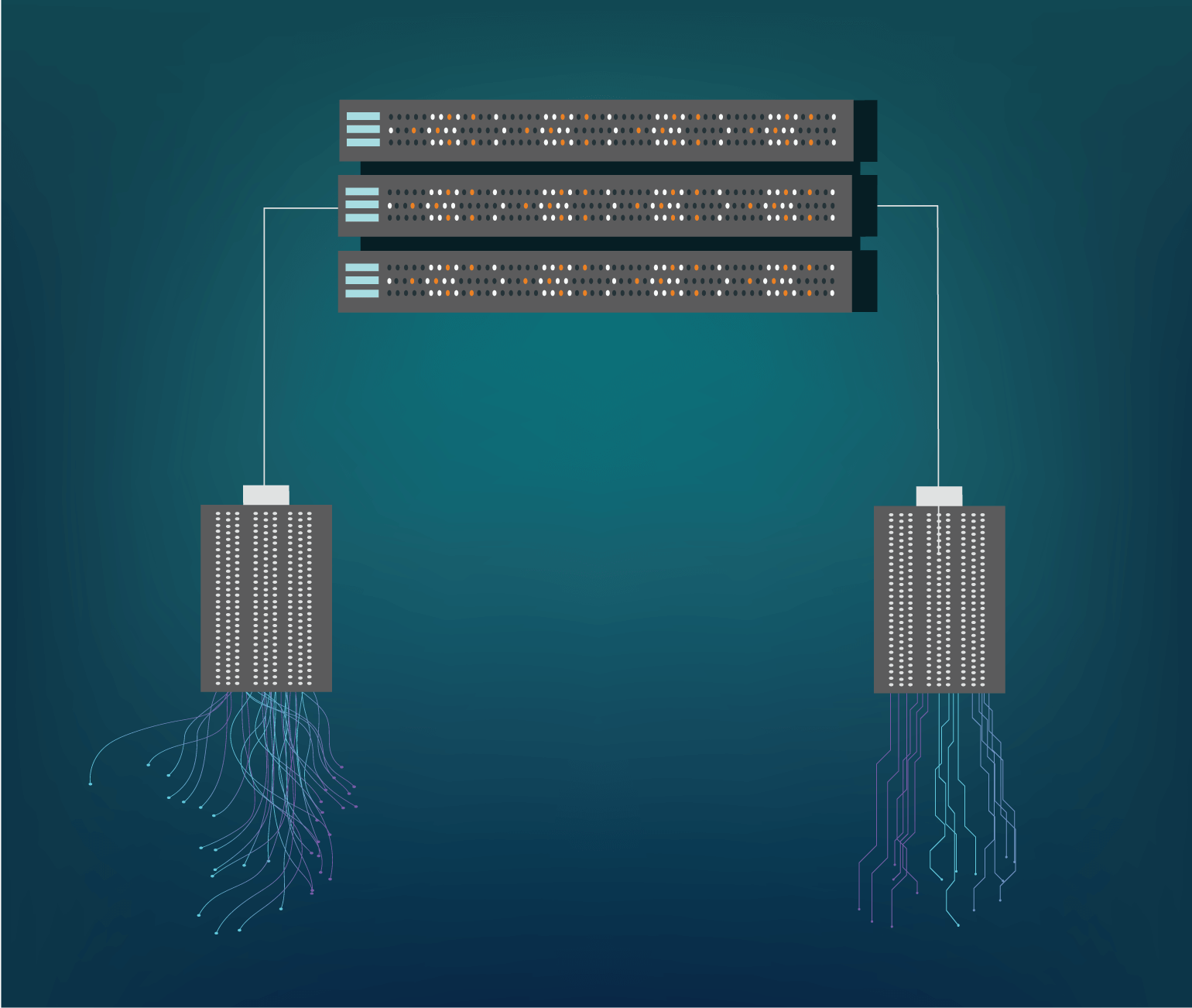Features


Benefits
NewEvol, the Best-of-breed Security Analytics Software, can identify patterns that reduce human efforts to a fraction of the time.

Learns for You
NewEvol uses advanced artificial intelligence and machine learning techniques to foresee attacks like MITRE ATT&CK, custom malware and zero-day and respond intelligently. Utilize the power of AI-driven predictions to stay one step ahead of hostile attackers.

Intrusion Detection in Real-Time
In the digital age, prompt response is crucial. With the help of NewEvol's real-time intrusion detection system, including user and entity behavior analytics (UEBA) for Anomaly detection, it detects an insider threat and more with Accuracy and precision.

Eliminates Time-Consuming Tasks
AI provides curated risk analysis, reducing the time security analysts take to make critical decisions and remediate threats.

Enhanced Visibility
Using thorough risk management reports from NewEvol, make informed decisions. In-depth analysis of our Programmer using its 2D and 3D algorithms gives you a clear picture of your security posture and helps you make tactical choices to reduce vulnerabilities.
Advantages
Cyber Analytics platform enables organizations to harness the power of advanced AI and ML algorithms. By prioritizing high-risk events and leveraging machine learning analytics, NewEvol ytics empowers security teams to detect and respond to threats effectively. Embrace the future of security analytics solutions with NewEvol Cyber Analytics and take proactive measures to safeguard your organization's security.




Supervised Machine Learning
Under machine learning and artificial intelligence, SL is a subcategory. It trains algorithms on labeled data sets and makes accurate predictions of outcomes. To produce precise machine learning models, a variety of computation methods and algorithms are used. Spam is categorized in a different folder from your inbox, which is the main use of SL for the organizations.
Our supervised machine learning algorithms can distinguish between legitimate and harmful activity since they are trained on past data. This strategy enables NewEvol to proactively identify and stop threats, reducing the likelihood of dangers.


Unsupervised Machine Learning
Learning For data points that are neither classed nor labeled, UL is used to find patterns in data sets. It performs complex processing tasks and frequently functions as a model for generative learning. It finds patterns in the unlabeled data sets that aid grouping without the need for training on previously recorded occurrences.
Unsupervised machine learning techniques developed by NewEvol reveal hidden patterns in data that reveal hazards that had previously gone undiscovered. This technology makes sure that your defenses are resilient against changing threats by adapting to new threat landscapes.
With NewEvol Security Analytics, improve your cybersecurity strategy. We stand out thanks to our devotion to ingenuity, state-of-the-art technology, and steadfast attention to protecting your digital assets. Join us as we build a safe digital future right now.
FaQ’s

Healthcare
Solutions like electronic health records and remote patient monitoring have made hospitals a target for cyber-attackers.

Finance
This industry has always been the prime target of cybercriminals. More than 25% of cyberattacks are aimed at the financial sector only.

Retail
An increase in transactions for e-commerce, online retail, and mobile payments has drawn the attention of cybercriminals to this industry.

Manufacturing
Large-scale IoT devices are used to collect large volumes of data to manage smart factories intelligently. Each of these end-devices increases the number of access points for cyber-attackers to gain access to their respective network.




